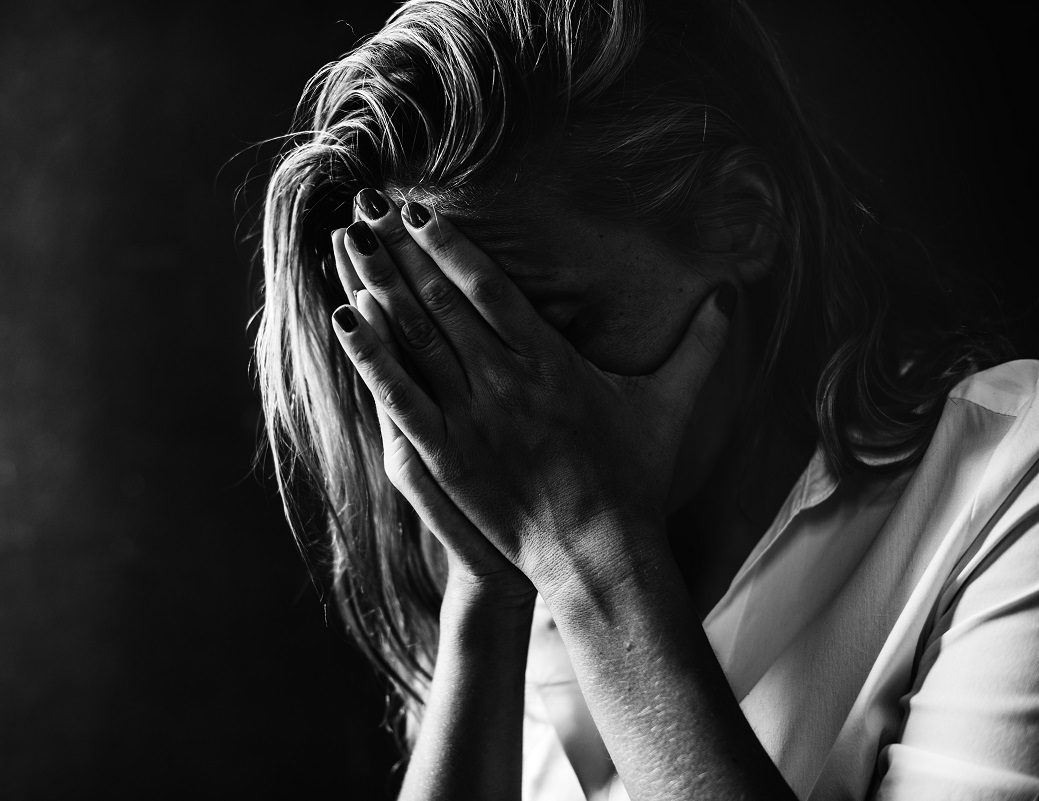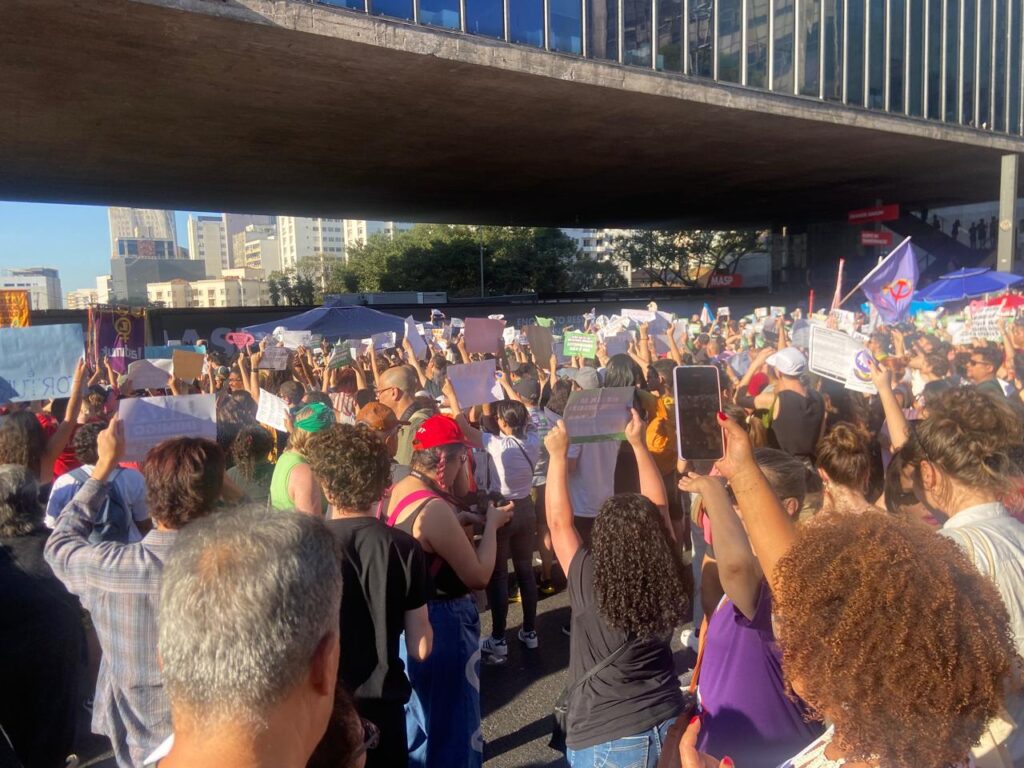São Paulo, Brazil – In 2022, around 7.4 million Brazilian women suffered some type of physical violence, such as punches, slaps and kicks. This represents 14 women assaulted per minute. When considered alongside other types of violence, such as sexual and psychological, the data is even worse: 18.6 million women were victims of violence last year, which represents 28.9% of the female population.
The data is part of a new study on gender violence carried out by the Brazilian Public Security Forum, an institution that gathers data on crimes in the country. Compared to previous studies, all forms of violence against women increased in 2022. In 2021, for example, 24.4% of women reported having suffered any type of violence. The number rose more than four percentage points in 2022.
“The data is very sad, because all forms of violence have increased in the last year. Women are suffering more and more violence in Brazil,” said a researcher at the Brazilian Public Security Forum Amanda Lagreca.
Data on murders of women in 2022 has not yet been released, but the growth of serious forms of physical violence, which can result in death, is a negative sign, according to the executive director of the Forum, Samira Bueno. “It will not be surprising if there is an increase in deaths. Unfortunately, Brazil has become less safe for women,” she said.
According to Bueno, even if it’s not possible to rank the traumas caused by the different forms of violence, “the fact is that we are facing an increase in severe forms of physical violence, which can result in death at any time”.
Types of violence

The 7.4 million Brazilian women physically attacked in 2022 correspond to 11.6% of the female population. Among the other forms of violence, the most frequent were verbal offenses (23.1%), chase (13.5%), threats (12.4%), sexual offenses (9%), beatings or attempted strangulation (5.4%), threat with a knife or gun (5.1%), injury caused by throwing an object (4.2%) and stabbing or shooting (1.6%).
For the first time, the study identified the former partner as the main perpetrator of violence (31.3%), followed by the current partner (26.7%). Given the author of the violence tends to be known to the victim in most cases (73.7%), the least safe place for women in Brazil is their own home – 53.8% reported that the most serious episode of aggression in the last 12 months happened in their homes.
“In the 2021 edition, a period which included the height of social isolation during the Covid-19 pandemic, 48.8% of reported violence took place at home. In 2022, even with the loosening of restrictions, the least safe space for women continues to be their homes,” said the Forum.
The study also showed that one in three Brazilian women aged over 16 has already suffered some type of physical and sexual violence caused by an intimate partner throughout their lives. This represents 33.4% of the female population, a total of 21.5 million women. “This number of 33.4% is much higher than the global average estimated by the World Health Organization, which is 27%,” said Lagreca from the Public Security Forum.
Sexual harassment

The study showed that 46.7% of Brazilian women suffered sexual harassment in 2022, an increase of almost nine percentage points compared to 2021, when 37.9% of women were harassed in the country.
Of the total of 30 million women who report having suffered some type of harassment last year, 26.3 million heard disrespectful remarks on the street (41.0%), 11.9 million heard those in the workplace (18.6%), 8.2 million were physically harassed on public transport (12.8%) and 7.2 million were approached aggressively at a party (11.2%).
“In addition to the seriousness of the data, considering its magnitude, it is also worrying that the analysis of the historical series indicates the highest levels of sexual harassment ever reported throughout all the studies,” explained the Forum.
Why does violence against women only increase?
Although it is difficult to pinpoint a single cause, the Forum highlighted some factors as central to understanding the increases in violence against women. The first one, already identified in previous studies, was the reduction in funding of public policies to combat violence against women by the federal government in the last four years.
According to the study, in 2022, there was the lowest budget allocation for fighting violence against women in a decade. “Without financial, material and human resources, public policy cannot be made,” said the Forum.
The institute also said that the pandemic has compromised the operation of services for women in situations of violence: “The restriction on opening hours, the circulation difficulties and the reduction of service teams were factors that affected, to some degree, health services, social assistance, security and access to justice.”

In addition, the Forum said that gender inequality in relations between men and women, consolidated over hundreds of years in Brazil, produces violent relationships through behaviors that induce women to submission. “The idea that a woman is the property of a man is possibly one of the most brutal expressions of gender violence,” said the Forum.
Looking to the future, the researchers say that the frightening numbers should be used to push the State, employers and society in general to take action to guarantee the safety of millions of Brazilian women.











